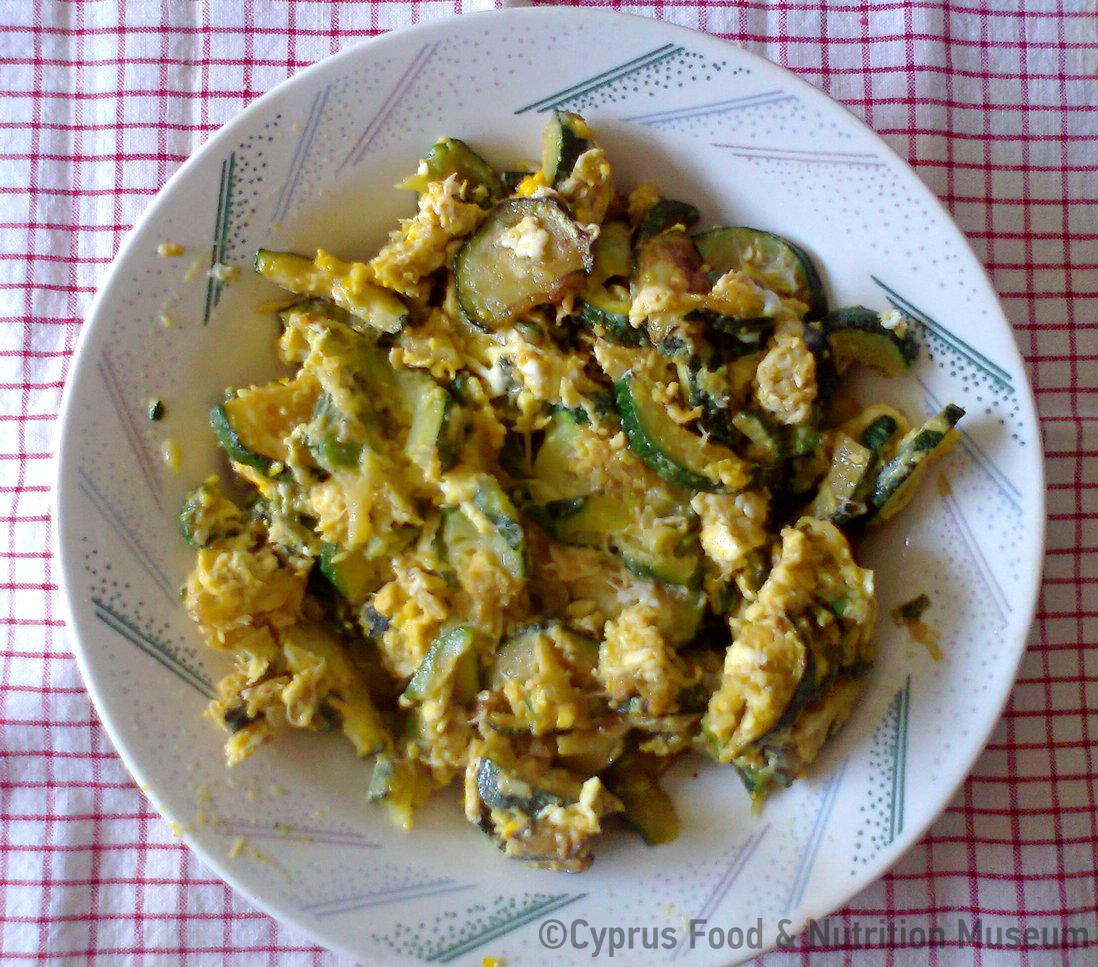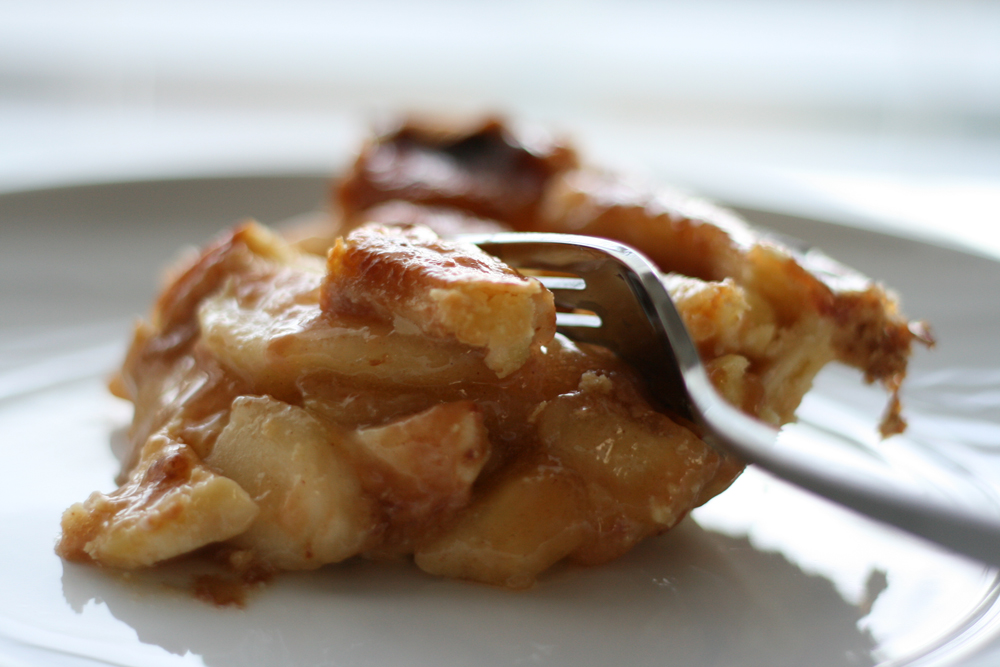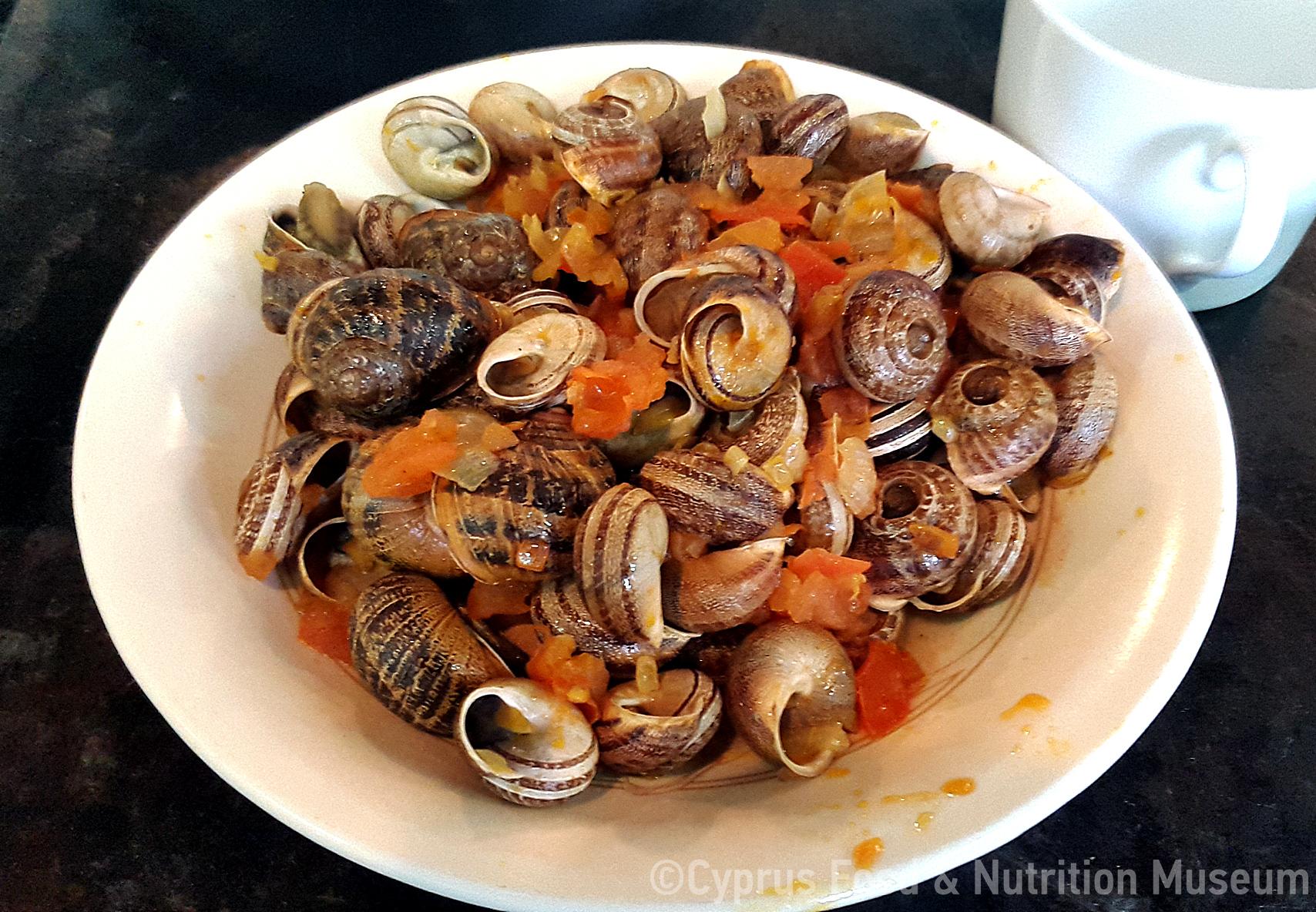Name - Origin
A pie filled with butternut squash, bulgur wheat, raisins, etc. (Yangoullis 2009, entry κολοκωτή,η, 211).
Petrou-Poeitou defines kolokoti as the revolving dough with a butternut squash filling (Petrou-Poeitou 2013, entry Κολοκοτές, 62).
These are individual pies with a filling from kots̆inokolokon, i.e. red butternut squash, and bulgur (or rice as per Xenophon P. Pharmakidis). Raisins and a bit of black pepper are added to these (some people also add cinnamon - note Stalo Lazarou) (Kypri 1983 [2003²], entry κολοκόπιττα,η, 260).
Kolokopittes were s̆s̆epastés (closed) pies made in the village of Rizokarpaso with red butternut squash, bulgur wheat, raisins. In some villages, vermicelli or spearmint were added to the filling. In the villages of Paphos, fennel and coriander were added (Kypri - Protopapa 2003, 275).
Kolokopoulles were dkiartistés pies, i.e. bread to which red butternut squash and spearmint were added. In the villages of Kythrea, Anarita and Limnia, butternut squash and raisins were added to kolokopoulles (Kypri - Protopapa 2003, 278).
ETYM. < kolotz̆in (Petrou-Poeitou 2013, entry Κολοκοτές, 62) kolokoti < koloki + ending -oti (Yangoullis 2009, entry κολοκωτή,η, 211)
Besides kolokopites, they are also called kolotes, kolokopoulles (Kypri - Protopapa 2003, 275-278) or s̆s̆epastés (Yiagoullis 2009, entry κολοκωτή,η, 211).
They are baked in wood fired ovens (Kypri 1983 [2003²], entry κολοκόπιττα,η, 260).
Functional and symbolic role
Kolokopittes were baked during the fasting period before Easter (Kypri - Protopapa 2003, 123).
In the past, they were baked on regular days during the Christmas Lent (Kypri 1983 [2003²], entry κολοκόπιττα,η, 260).
Additional information and bibliography
As soon as they were removed from the oven, they were taken to the streets for sale while they were hot. They were sold (~1920) for half a piastre each (Kypri 1983 [2003²], entry κολοκόπιττα,η, 260).
Yangoullis K. G. (2009), Θησαυρός Κυπριακής Διαλέκτου. Ερμηνευτικό, Ετυμολογικό, Φρασεολογικό και Ονοματολογικό Λεξικό της Μεσαιωνικής και Νεότερης Κυπριακής Διαλέκτου, Βιβλιοθήκη Κυπρίων Λαϊκών Ποιητών, 70, Theopress Publications, Nicosia.
Kypri Th. D. (ed.) (1983 [2003²]), Υλικά διά την σύνταξιν ιστορικού λεξικού της κυπριακής διαλέκτου, Μέρος Β΄, Γλωσσάριον Ξενοφώντος Π. Φαρμακίδου, Publications of the Centre for Scientific Research, IX, Nicosia.
Kypri T. - Protopapa K. A. (2003), Παραδοσιακά ζυμώματα της Κύπρου. Η χρήση και η σημασία τους στην εθιμική ζωή, Publications of the Centre for Scientific Research, XVIII, Nicosia.
Petrou-Poeitou E. (2013), Από πού κρατάει η σκούφια τους. Λέξεις και ιστορίες από τον κόσμο της γεύσης, Epiphaniou Publications, Nicosia.
Stalo Lazarou, Demetra Demetriou, Argyro Xenophontos, Tonia Ioakim


